Everything you need to know about specifications and performance - Toyota Camry 2017 - 3.5 V6 (301 Hp) Automatic
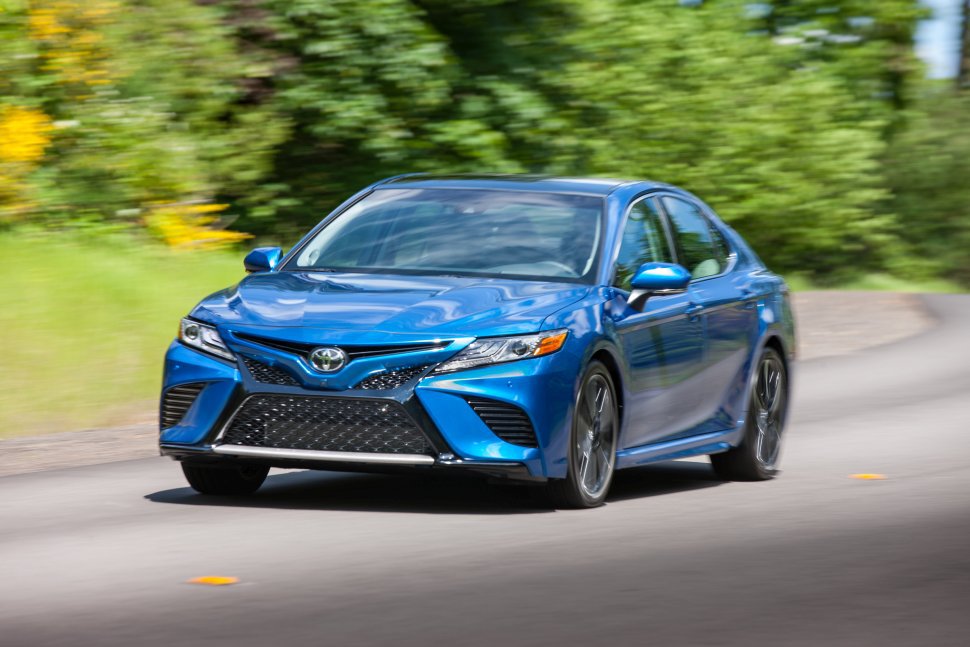
Overview:
What is the engine capacity of a Toyota Camry 2017?
The engine capacity of the Toyota Camry 2017 is 3456.
Toyota Camry 2017 How many horsepower?
The engine power of the Toyota Camry 2017 is 301 Hp @ 6600 rpm..
What is the Toyota Camry 2017 engine?
Toyota Camry 2017 engine is 2GR-FKS. (Click to see other cars using the same engine)
How much gasoline does a Toyota Camry 2017 consume?
The Toyota Camry 2017 consumes 9 liters of gasoline per 100 km
What is the recommended oil for a Toyota Camry 2017 engine?
The recommended oil for a Toyota Camry 2017 car engine is 0W-20.
What type of camshaft transmission system is used in a Toyota Camry 2017 engine?
chain is used to transmit motion.
General:
Engine:
Performance:
Space:
dimensions:
Powertrain, Suspension and Brakes:
See also
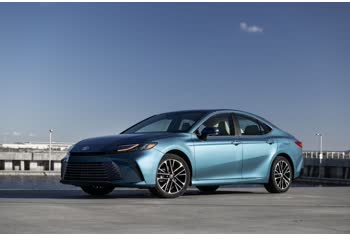
Last generation.
Its production began in 2023 until Now
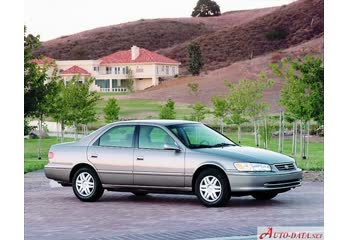
Other generation.
Its production began in 1996 until 1999
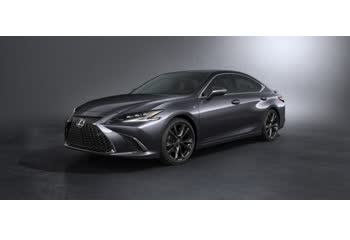
Same engine. (2GR-FKS).
Its production began in 2021 until Now
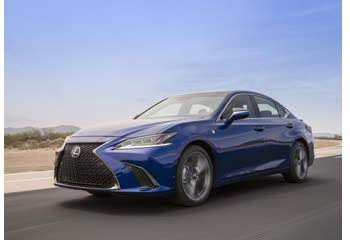
Same engine. (2GR-FKS).
Its production began in 2018 until 2021
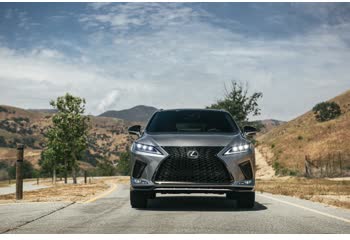
Same engine. (2GR-FKS).
Its production began in 2019 until 2022
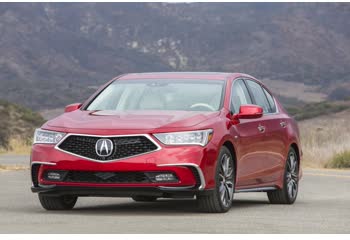
Same production year and almost the same engine capacity.
Its production began in 2017 until 2020
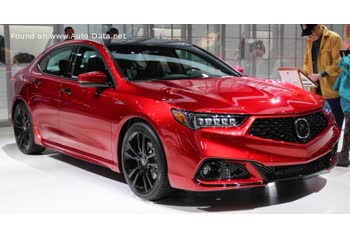
Same production year and almost the same engine capacity.
Its production began in 2017 until 2020

Write a comment